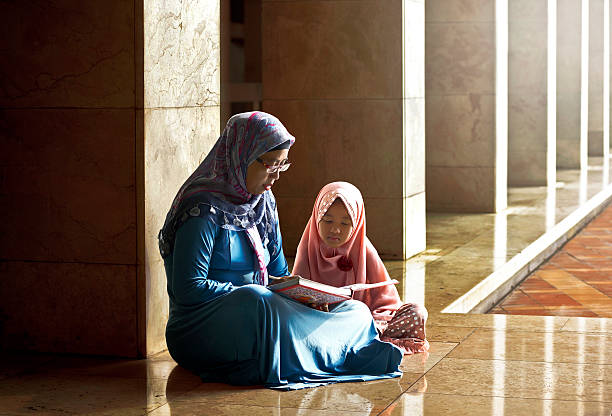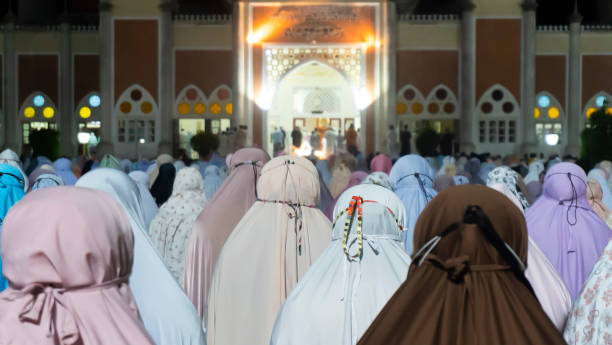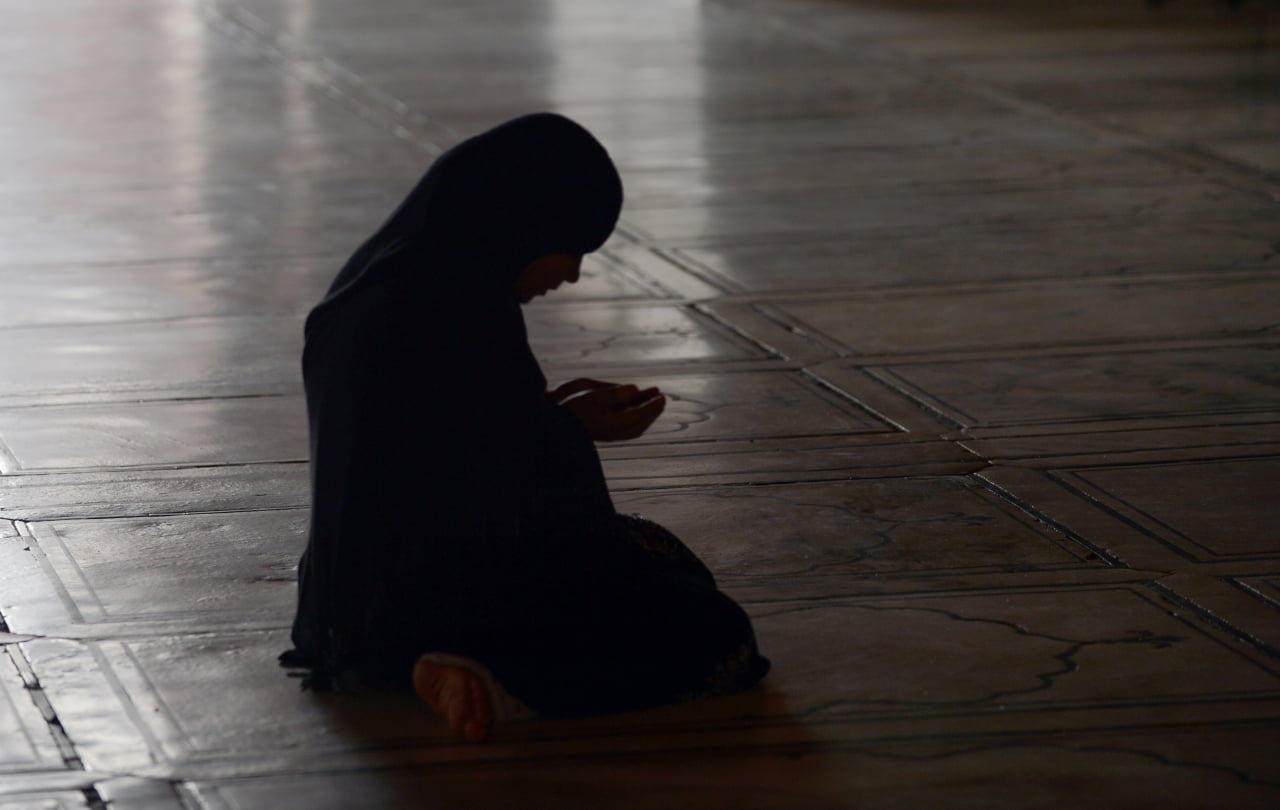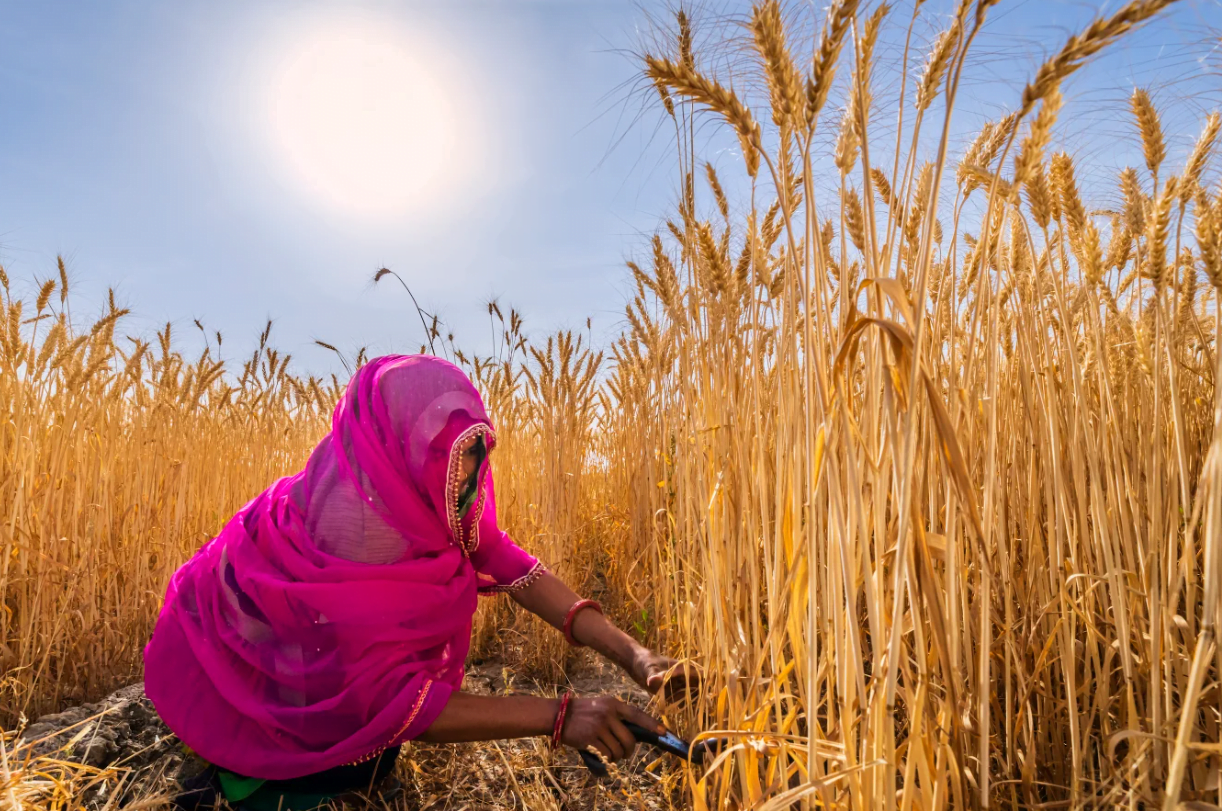In a recent statement the grand mosque Jama Masjid in Delhi prohibited the entry of single women or women in groups inside the mosque premises. The authorities reasoned that some women fail to respect the sanctity of the place of worship, making videos there. The banning of women in the mosque reflects a patriarchal mindset of power-possessing men.
The decision supposedly stemmed from rising numbers of reports of inappropriate behaviour at the masjid. The onus for protecting the sacredness of a religious building rests squarely on the shoulders of all those who enter it. For what reason should only unmarried women or women without a mahram be denied access to the building? This whole scenario emphasizes again the notion that women bear the weight of honour not just at home but also as symbols of their communities, for which they are often deployed as agents.
The Jama Masjid’s repressive stance is rooted in sexist ideology, which holds that women should have no say in their own lives and should be held responsible for all wrongdoing perpetrated against them or deemed unacceptable by society as a whole.
Although the ban was uplifted the same day, does it eradicate the patriarchal mindset of people?
In India, masjids are typically male-only spaces for worship. Generally speaking, women in India have limited access to mosques where they can pray in peace. As women are traditionally considered to be part of the domestic realm, they are not permitted to enter the public sphere, which is where the mosques are located.
Professor emeritus of Islamic studies Zeenat Shaukat Ali has worshipped in mosques in Saudi Arabia, Turkey, Indonesia, and Malaysia without being singled out or treated differently. She claims that the only place where women face obstacles to entering mosques for prayer is in India due to misunderstandings of religious teachings. Everywhere else in the world, women have full access to religious freedom; only in India is everything so strange.

The orthodoxy can also be seen in its various outward manifestations. In many dargahs, women are allowed to worship and congregate in the courtyard surrounding the shrine, but they are not allowed into the innermost area containing the tomb of the saint.
This tradition is justified by both men and women, who cite menstruation, impurity, safety, historical tradition, and other reasons for not allowing women into the innermost areas of these shrines.
Also Read: Can We Stop Stereotyping Muslim Women As Hapless Beings?
However, in 2016, women being allowed near the grave of the saint Haji Ali Dargah in Mumbai was deemed “a grievous transgression” by the trustees. In the Bombay High Court hearing, they used this argument to justify keeping women out of the temple’s holiest areas. Ultimately, however, the court sided with Bharatiya Muslim Mahila Andolan (BMMA), declaring that Haji Ali shine’s trust must open the makbara to women.

These are outmoded beliefs that complicate religion and have made religion more of a thing to restrict women to confine them in the private sector. These beliefs have no place in today’s civil society.
Are women permitted in mosques?
Going to a mosque to pray is not forbidden by the Quran. The believers, whether male or female, are each other’s defenders and supporters, as stated in Surah Taubah, verse 71. They work together to spread good and fight evil, develop prayer and charity, and obey Allah and His Messenger.
The Quran uses non-gendered language whenever it discusses the establishment of worship. Before the five daily prayers, a prayer call or azaan is pronounced. The azaan is a broad appeal to both men and women for prayers, urging the faithful, ‘Come for prayer, come for success’.

Islamic feminists like Fatima Mernissi and Leila Ahmad claim that the effect of a society’s culture informed mostly by patriarchal normativity led to the takeover of women’s rights that were entrusted to them in line with the Sharia. It is very uncommon to discover sexist practices prospering even in various Islamic societies where Sharia is said to be followed in spirit.
Also Read: Women Qazis- A Step Away From Patriarchal Religion
The Muslim community as a whole has been harmed by the tradition of segregating women from public life and restricting them to the home. Historically, the muslim community has lagged behind other groups in terms of education and employment in the formal economy because of discrimination based on gender.

The patriarchy within the Muslim community has worked against the egalitarian spirit of Islam, which seeks equal participation of men and women in socio-religious and political issues; women’s lack of involvement in the “public sphere” is a reflection of this.





hello
First and foremost, women’s prayers at home have been preferred to their prayers in the mosque, for reasons ranging from women’s safety to the possibility of immorality. Secondly, only some countries have very few mosques with a seperate women’s section. Lastly, dargahs are not places of worship.
Lack of education and employment among Muslims has nothing to do with gender discrimination. Having worked as a teacher in a Muslim school I can tell you that Muslim parents, especially fathers, take no interest in their children’s education. Most don’t even know their child’s section or the class teacher’s name. Men think that their only job is to earn money, women are too busy with work in joint families. Children’s education suffers.